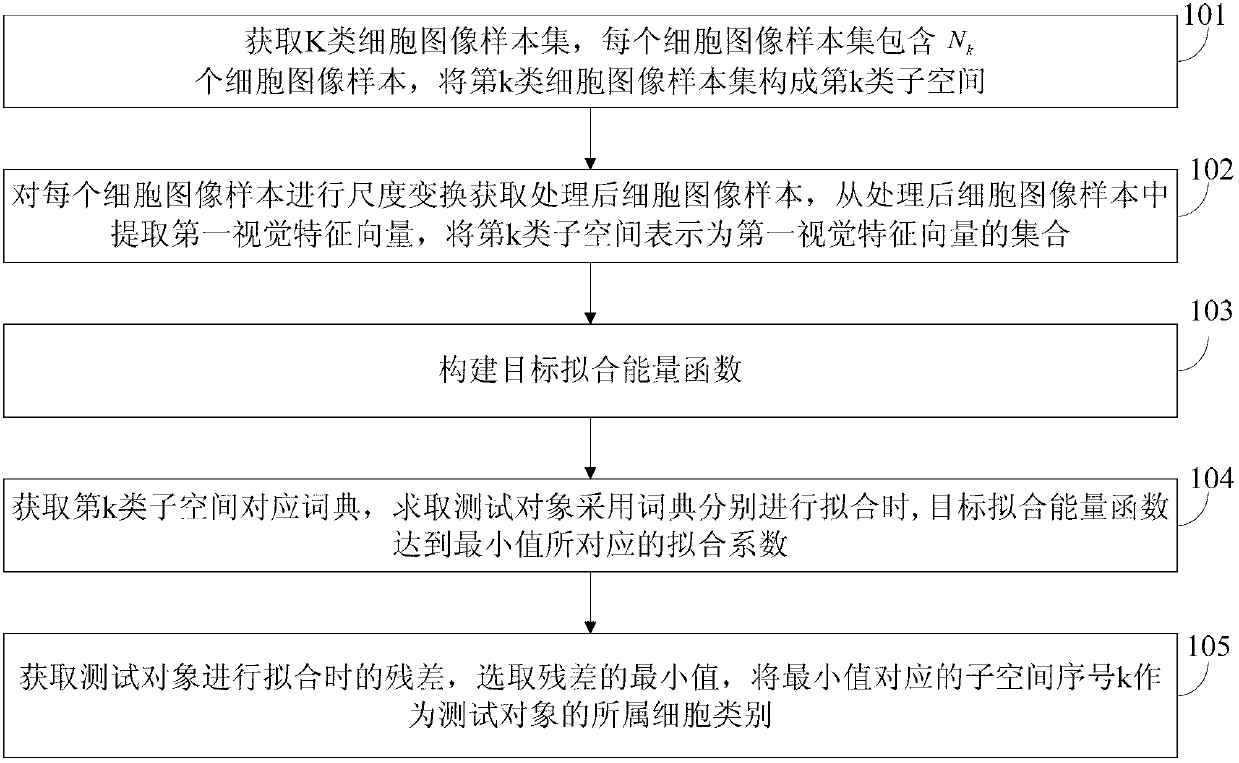Method for classifying cells
A cell classification and cell technology, applied in the field of image analysis and machine learning, can solve the problems of low accuracy of cell classification, inability to directly represent test samples and training samples, and inability to directly reflect the internal correlation between test data and training data, etc. The effect of generalization ability and high classification accuracy
- Summary
- Abstract
- Description
- Claims
- Application Information
AI Technical Summary
Benefits of technology
Problems solved by technology
Method used
Image
Examples
Embodiment Construction
[0020] In order to make the object, technical solution and advantages of the present invention clearer, the implementation manner of the present invention will be further described in detail below in conjunction with the accompanying drawings.
[0021] In order to improve the generalization ability of the model and the accuracy of cell classification in terms of model construction, see figure 1 , the embodiment of the present invention provides a cell classification method, the method includes the following steps:
[0022] 101: Acquire K-type cell image sample sets, each cell image sample set contains N k cell image samples, the kth type of cell image sample set constitutes the kth type of subspace, denoted as
[0023] Among them, each type of cell image sample set is taken as a subspace, and each cell image sample set contains N k cell image samples, and each cell image sample is the smallest circumscribed rectangle containing a cell, denoted as k represents the k-th ce...
PUM
 Login to View More
Login to View More Abstract
Description
Claims
Application Information
 Login to View More
Login to View More - R&D
- Intellectual Property
- Life Sciences
- Materials
- Tech Scout
- Unparalleled Data Quality
- Higher Quality Content
- 60% Fewer Hallucinations
Browse by: Latest US Patents, China's latest patents, Technical Efficacy Thesaurus, Application Domain, Technology Topic, Popular Technical Reports.
© 2025 PatSnap. All rights reserved.Legal|Privacy policy|Modern Slavery Act Transparency Statement|Sitemap|About US| Contact US: help@patsnap.com



